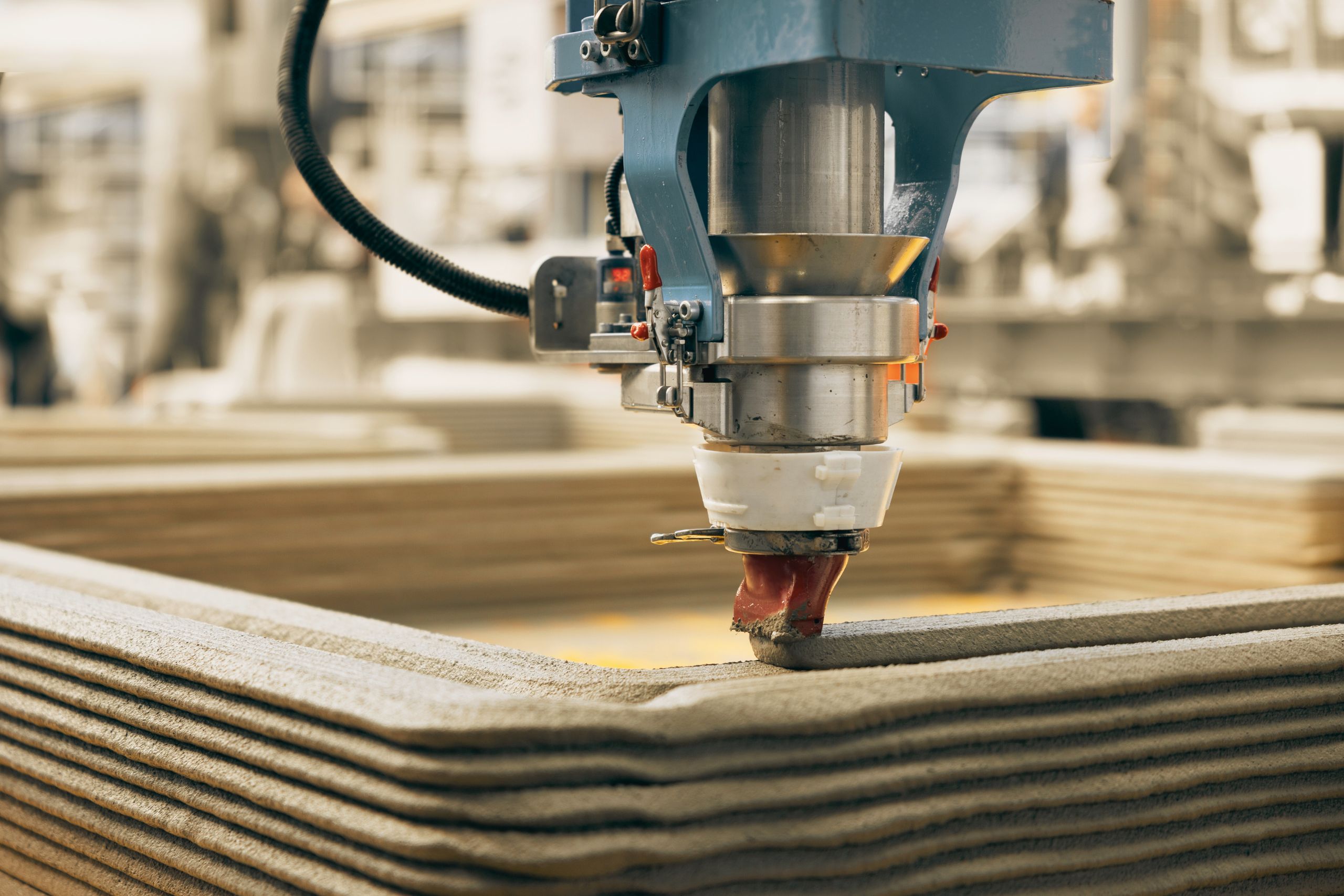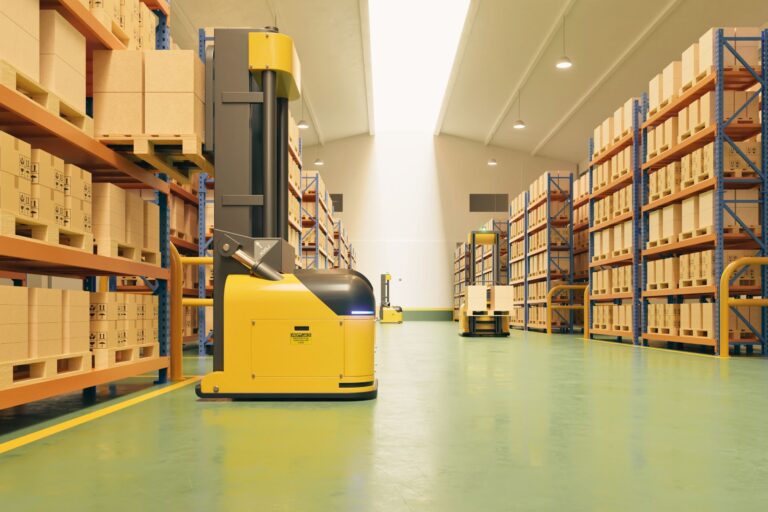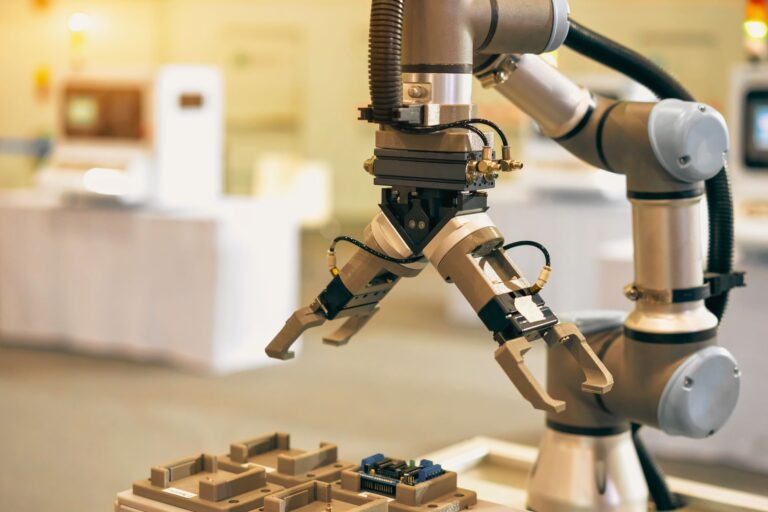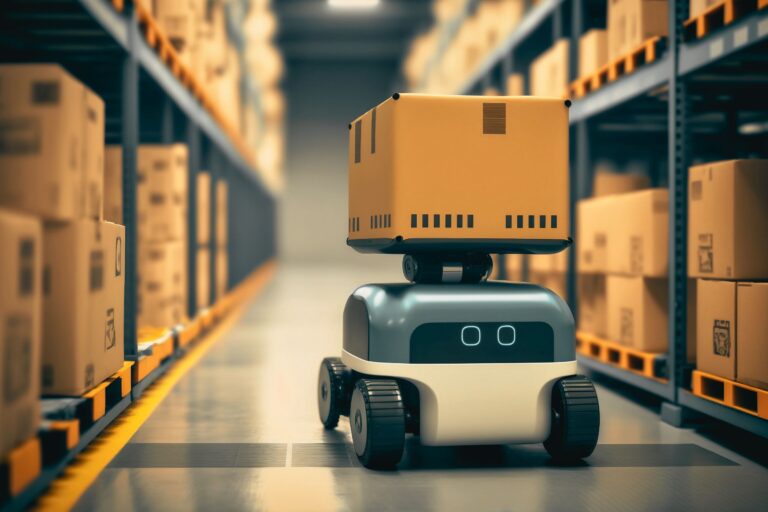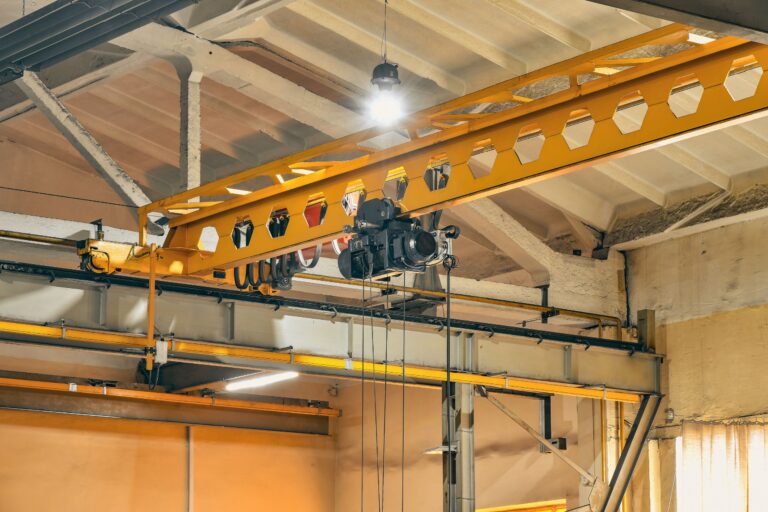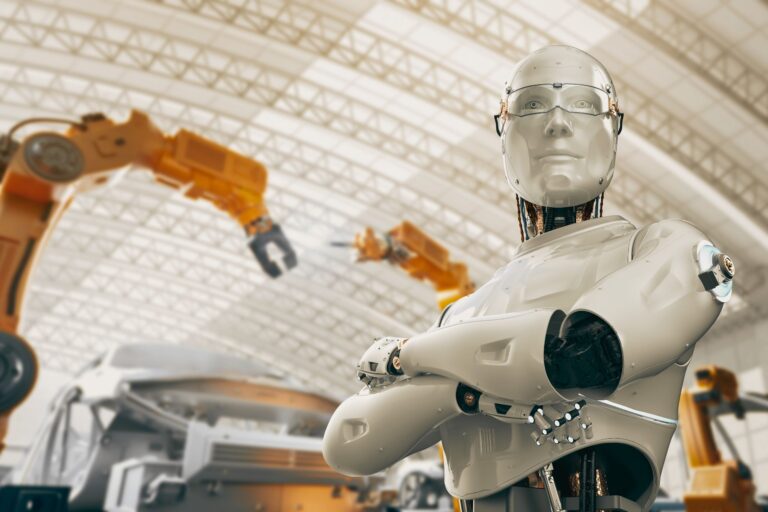Robotic 3D Printing Systems: The Future of Manufacturing?
3D printing technologies are transforming industrial manufacturing, and the integration of robotic systems into this process expands the possibilities for creating complex and customized components. Robotic 3D printing combines the flexibility of additive manufacturing with automation, offering innovative solutions for various industrial applications.
How do robotic 3D printing systems work?
Robotic 3D printing systems use industrial robots equipped with extruders or other additive technologies to build complex geometries with high precision. These systems allow for:
- Large-scale printing – Robotic arms can create larger parts and structures than traditional 3D printers.
- Multi-material production – Possibility of combining different materials in the same process.
- Flexibility and adaptability – Robotic systems can be easily reconfigured for different production tasks.
- Increased efficiency – Faster production compared to manual or traditional methods.
Advantages of robotic 3D printing
- Reducing material waste – Additive manufacturing uses only the necessary amount of material, which leads to minimizing waste.
- High degree of personalization – Ability to create unique details according to the specific needs of customers.
- Optimization of production costs – Lower consumption of materials and energy compared to traditional production methods.
- Integration with artificial intelligence – AI algorithms can optimize printing processes, reducing errors and improving output quality.
- Application in various industries – From automotive to construction and medicine, robotic 3D printing systems are finding increasingly widespread application.
Applications of robotic 3D printing
- Automotive industry – Production of prototypes, specialized components and lightweight structural elements.
- Construction – Printing concrete structures for buildings and infrastructure projects.
- Medical industry – Creation of personalized prostheses, orthopedic implants and tissue bioprinting.
- Space industry – Printing parts for spacecraft and instruments for missions in extreme conditions.
- Manufacturing of consumer goods – Designer furniture, sports accessories and electronic components.
The future of robotic 3D printing
As automation and materials science technologies advance, robotic 3D printing is expected to become even more precise, energy-efficient, and affordable. Key trends include:
- Wider use of sustainable materials – The development of biodegradable and recyclable materials for ecological production.
- Full automation of production processes – Integration of 3D printing robots with smart factories and IoT technologies.
- Increased speed and scalability – New methods for faster construction of parts with minimal human intervention.
How does Bullitt Engineering monitor and implement these technologies?
At Bullitt Engineering JSC, we follow the latest trends in robotic 3D printing technologies and their application in industry. By analyzing innovations and adapting best practices, we assist businesses in optimizing production processes through automation and additive manufacturing.
Conclusion
Robotic 3D printing systems represent the future of industrial manufacturing. They combine precision, speed, and flexibility, offering innovative solutions for multiple industries. As technology advances, these systems will continue to improve, providing more affordable and efficient manufacturing.

